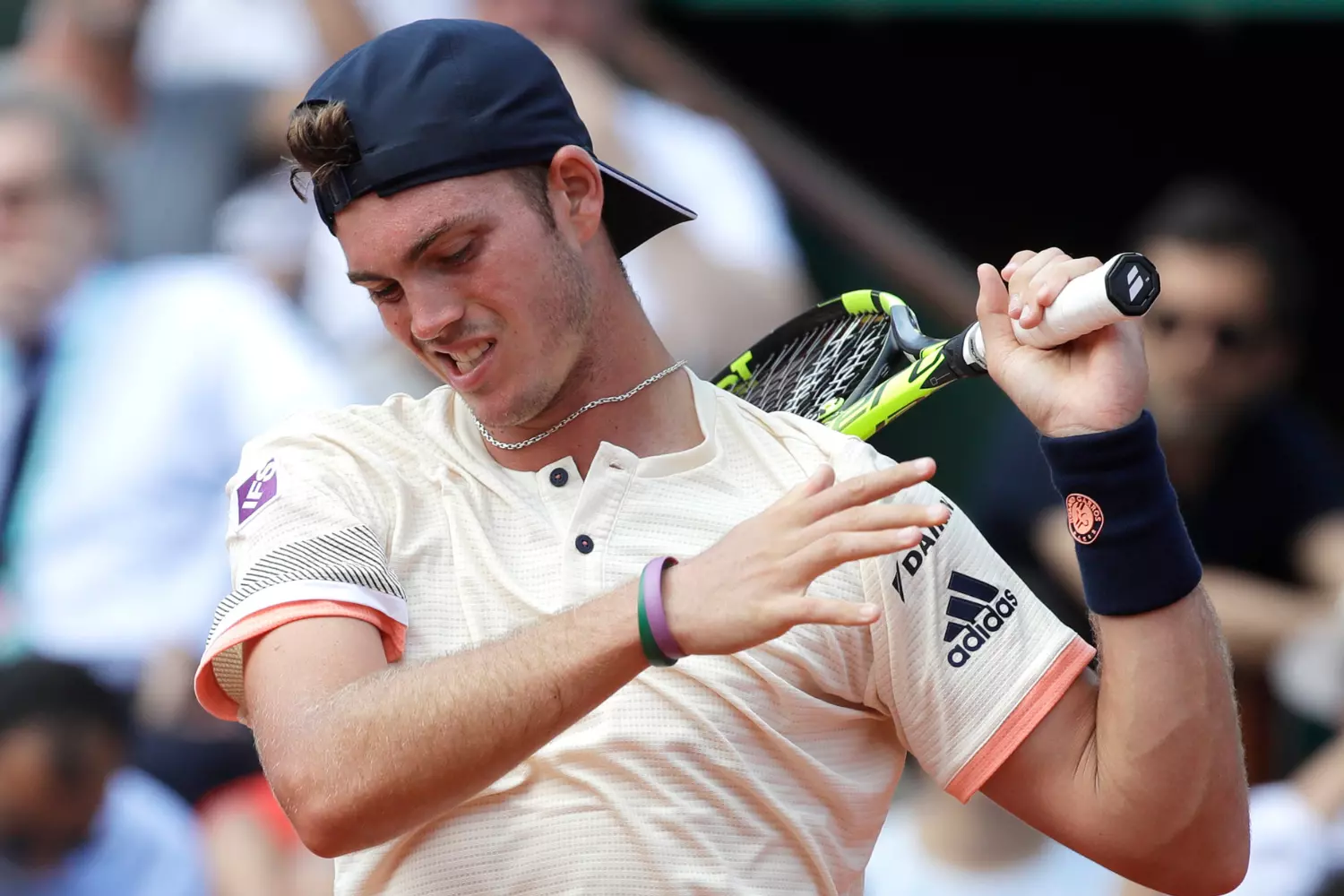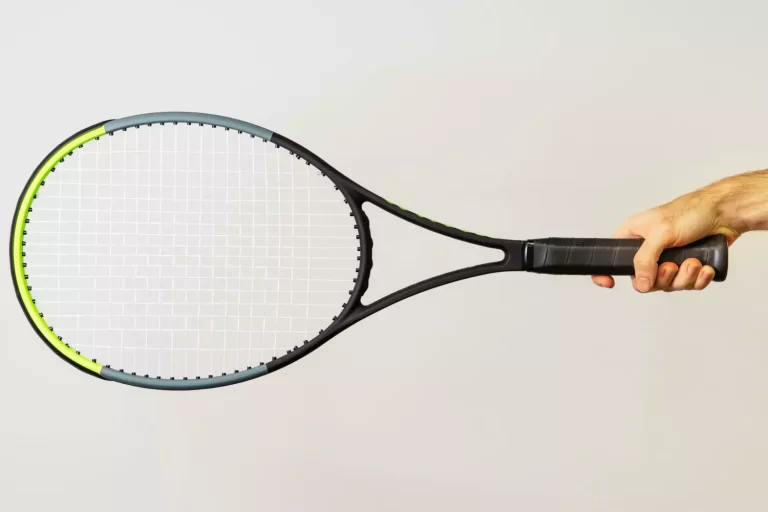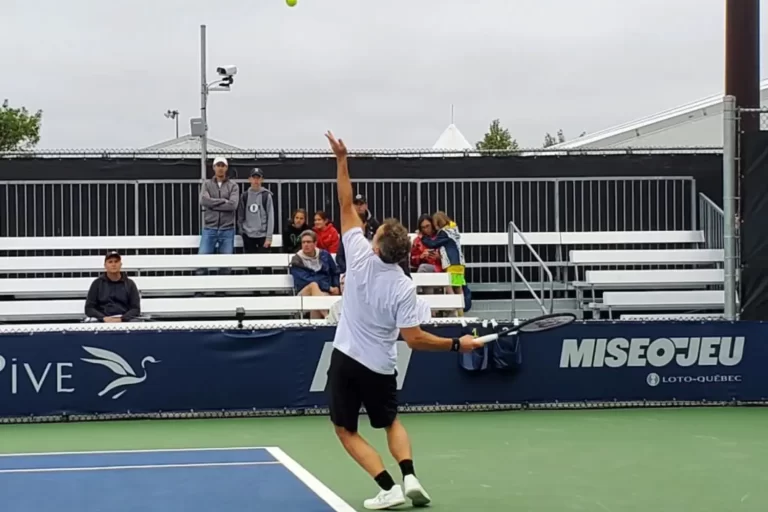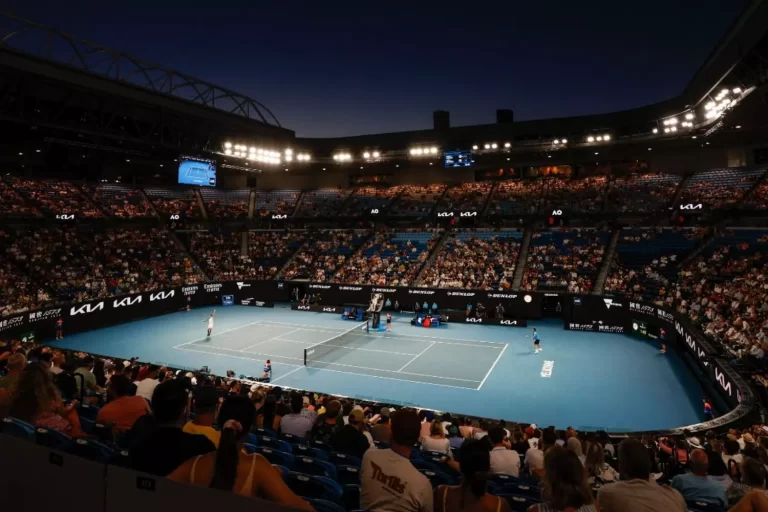Using Forced Errors in Tennis To Make Your Opponents Miss

Every tennis player makes mistakes, as do we all in life. There’s no avoiding it. You may not be aware, but there are ways to cause your opponents to make more mistakes than usual.
An opponent’s pressure can force a player into making a mistake which is known as a forced error. Forced errors are caused by the opponent’s good play, as opposed to unforced errors which are caused by a player’s own mistakes.
You’ll learn Forced Errors in Tennis and how you can use this to your advantage on the court by forcing your opponents into making mistakes.
Understanding Forced Errors In Tennis

Definition and Significance
When you force errors, you strategically place shots to make your opponent make mistakes, giving you a psychological advantage. Any competitive player must understand the impact of forced errors.
Psychological Impact on Opponents
In constant pressure to avoid mistakes, opponents can become distracted and lapse in concentration, which can be detrimental to their game.
Role in Gaining a Strategic Advantage
A strategic advantage can be gained by forcing errors, not just by winning points. In this article, we explore how well-timed forced errors can help set the stage for a winning performance.
Also, read Novak Djokovic’s Diet And Exercise Routine
Techniques for Inducing Forced Errors In Tennis

Attack Their Backhand
In many cases, players’ backhands are weaker than their forehands, so attacking their backhands is a great way to force them into errors.
A good way to get them running is to get them to run around their backhand. It will be easier for them to hit the ball out of bounds or into the net.
Hit To Their Body Or Feet
The ball can also be hit into your opponent’s body to make them miss. Consequently, they won’t be able to move away from the ball and get into the proper position to return it, which will increase their chances of making a mistake.
Another method you can use is to hit the ball right at their feet, thereby reducing their chances of returning the ball and increasing their chances of winning.
Make Them Play Defence
Hitting deep shots close to the baseline is the best way to accomplish this.
The opponent will end up moving backward and defending instead of attacking. Adding a side-to-side run would be great!
Play Mind Games
There can be considerable effectiveness in this mental strategy, but it is mainly a mental one. It will be surprising to see how many mistakes your opponent makes if you make them second-guess themselves.
Keeping a consistent pace and staying in the rally can prolong each point if you know your opponent gets impatient. Trying to shorten the point prematurely might force them into an error.
Tennis matches can be won by forcing errors from your opponent. You can force them to make mistakes that they would not otherwise make by putting them under pressure and targeting their weaknesses.
Whenever you deal with an opponent, you must always remain calm, focused, and aware of his or her strengths and weaknesses. These steps will help you become a master of forced error if you follow them all!
You may enjoy reading What Does Hindrance Mean In Tennis?
FAQs
Can anyone learn the art of forcing errors in tennis?
Yes, of course! The ability to induce forced errors can be enhanced by dedicated practice and a strategic mindset.
Are forced errors more effective in singles or doubles play?
There are varying approaches to forcing errors that can be effective in singles and doubles, depending on which approach is used. The pressure on doubles players is often increased by coordinating their efforts.
How do professionals train to improve their ability to force errors?
Professionals practice specific drills and exercises to improve their shot placement, speed, and mental game.
Is there a risk of overusing forced error strategies?
It is possible to lose when you rely too much on forced errors without adapting to the opponent’s game. Finding a balance is essential.
Can forced error tactics be applied to different court surfaces?
Yes, definitely. Making necessary adjustments to force error strategies requires understanding the surface characteristics of different courts.
Conclusion
Finally, tennis players with a competitive edge should learn the art of forced error. You can enhance your performance on the court by mastering the techniques and understanding the psychological aspects.
Also, read How Tall Are Tennis Players?




![How Tall Are Tennis Players? [Male & Female]](https://tennisracketnet.com/wp-content/uploads/2023/10/How-Tall-Are-Tennis-Players-768x512.webp)
